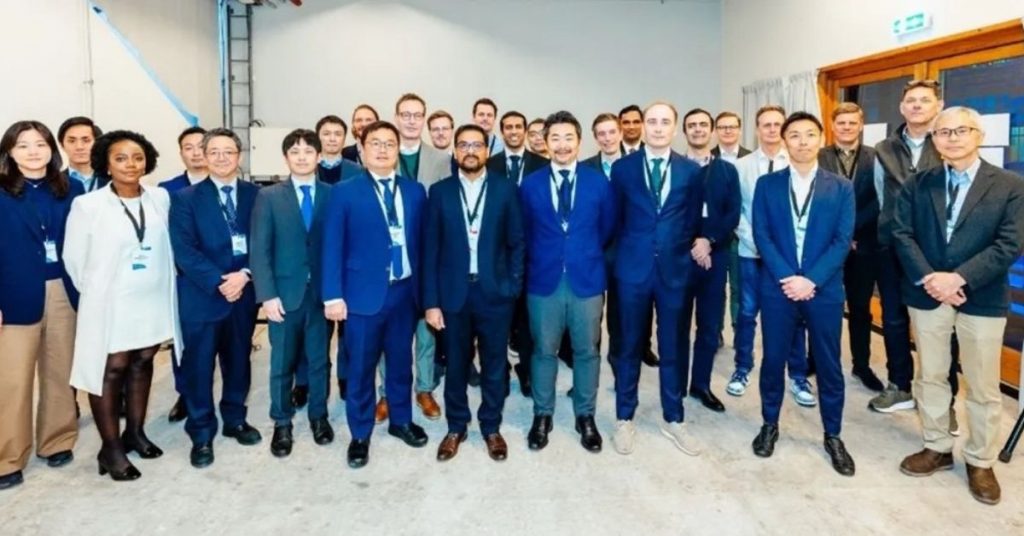A coalition of major global Ro-Ro shipping companies, known as the Global Ro-Ro Community (GRC), has introduced standardized guidelines for calculating greenhouse gas (GHG) emission intensity from Ro-Ro vessels such as car carriers. The initiative, announced on April 14, marks a significant step towards harmonizing emissions reporting in the maritime logistics sector and improving transparency for supply chain emissions.
The six founding members—Eastern Car Liner Ltd., “K” Line (Kawasaki Kisen Kaisha, Ltd.), MOL (Mitsui O.S.K. Lines, Ltd.), NYK Line (Nippon Yusen Kabushiki Kaisha), Wallenius Wilhelmsen ASA, and ClassNK—collaborated with international non-profit organization Smart Freight Centre (SFC) to develop the guidelines. The goal: to offer shippers a reliable method to measure Scope 3 emissions—those arising from indirect activities such as transport across the supply chain.
A Step Toward Consistency and Accountability
As the demand for accurate carbon footprint data continues to grow across global industries, inconsistencies in how maritime emissions are calculated have become a key challenge. The new guidelines aim to eliminate discrepancies by introducing a common, transparent methodology aligned with both the ISO 14083 standard and the GLEC (Global Logistics Emissions Council) framework.
Developed through open dialogue between shipping lines, cargo owners, and independent verification bodies, the standard model was unveiled during Smart Freight Week, SFC’s annual conference held in Amsterdam this March. The finalized guidelines, now publicly available on the SFC website, are expected to lay the groundwork for industry-wide adoption.
Driving Maritime Decarbonization
The GRC initiative addresses a crucial gap in the logistics sector: the lack of unified emission metrics for Ro-Ro vessels, which transport vehicles, machinery, and trailers that roll directly onto ships. With GRC members representing around 80% of global automobile transport capacity, the adoption of a shared emissions framework could have widespread influence across the maritime supply chain.
Looking ahead, SFC intends to collect and analyze ship-specific environmental performance data. This will allow the development of reliable, high-resolution industry benchmarks for GHG emissions across Ro-Ro operations.
Tags: Logistics, Maritime Decarbonization, Scope 3 Emissions, Supply Chain, Sustainable



Recent Posts
Hong Kong Launches Incentive Scheme to Promote Green Maritime Fuel Bunkering
MSC Hosts Sustainability Experience in Antwerp for Global Supply Chain Leaders
Kinetics and Mitsui O.S.K. Lines Sign MOU to Develop World’s First Integrated Floating Data Center Platform
Port Newark installs EV truck chargers at PANYNJ facility
Singapore’s first fully electric tug launched, paving the way for zero-emission coastal logistics ecosystem
Blue Marlin Becomes First Inland Cargo Vessel with Solar-Assisted Propulsion
ABB and Royal Caribbean Partner on 15-Year Deal to Drive Vessel Efficiency and Decarbonization
IET Establishes Centres of Excellence for Green Hydrogen and Electric Vehicle Research